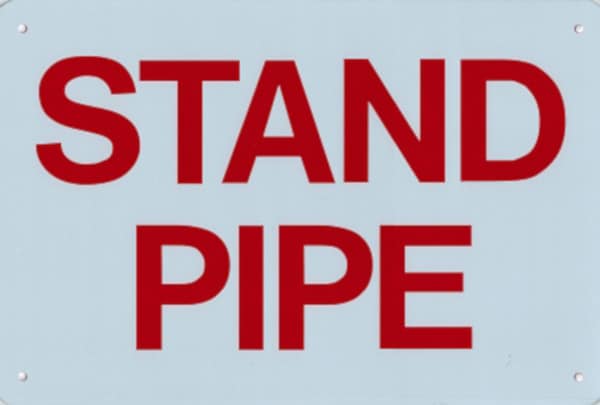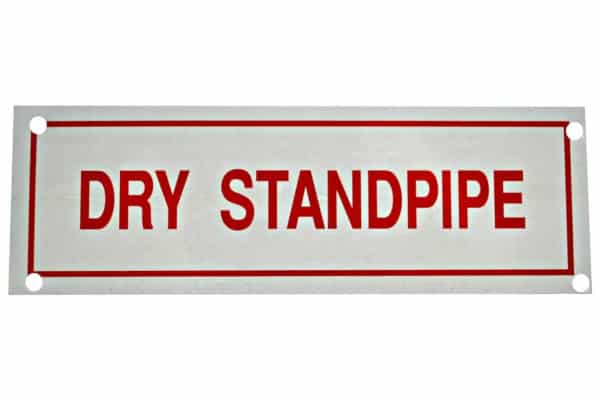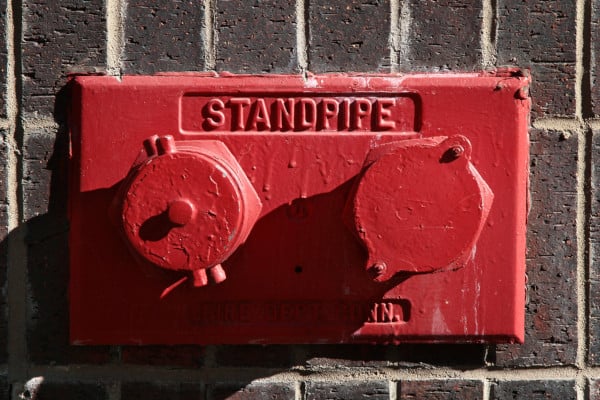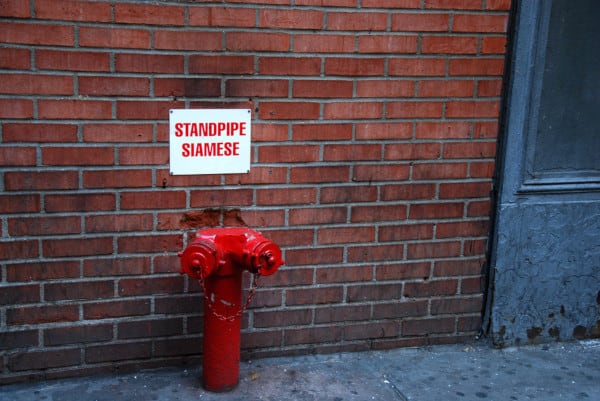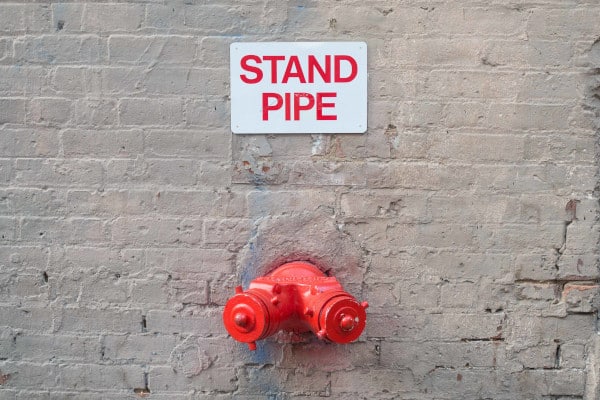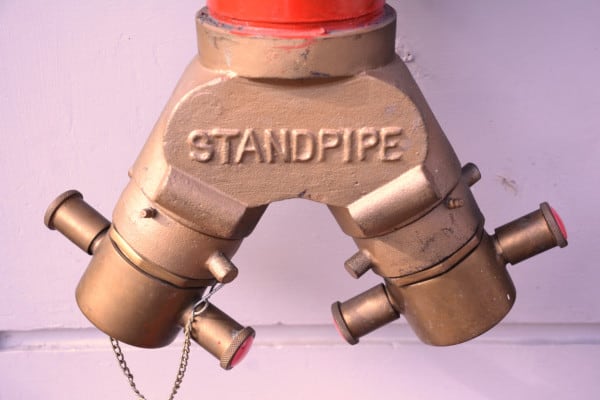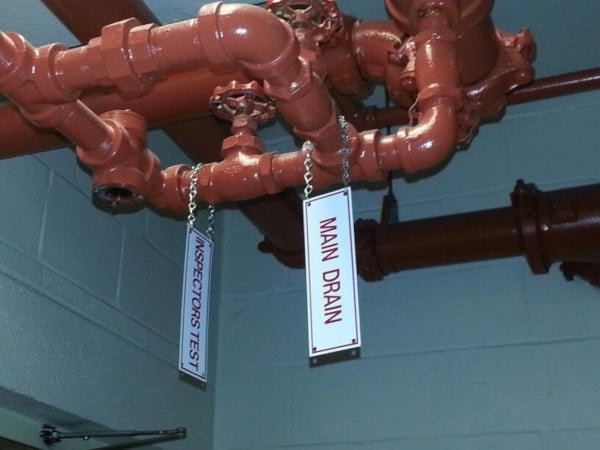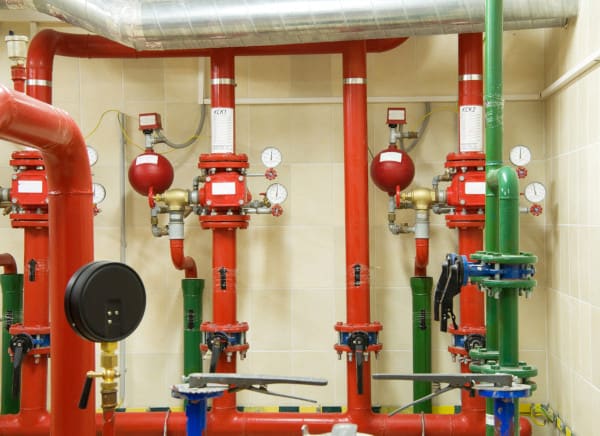#96 – Guide to Standpipe Systems (Part 7): Standpipe Signs and Markings
February 15, 2018
In this final installment of our series detailing standpipes, we examine the signage required to identify and provide information about different portions of a system. The National Fire Protection Association (NFPA) issues detailed requirements for labeling the components of a standpipe system in NFPA 14 and NFPA 25.


